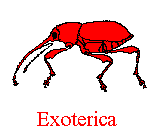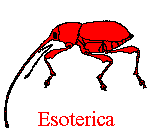A concise animal allegory illustrates the difficulty of achieving true freedom (5.157-60):
nec tu, cum obstiteris semel instantique negaris
parere imperio, ‘rupi iam uincula’ dicas;
nam et luctata canis nodum abripit, et tamen illi,
cum fugit, a collo trahitur pars longa catenae. 160
159 et tamen αVXRW : at tamen P : ast tamen GLN : tamen C
Braund translates the last two lines “Even when a bitch breaks the knot after a struggle, a long section of chain still trails from her neck”. I don’t quite see the “when” in the Latin, and it seems to me that ut for the first et in 159 would provide better sense at very small cost. Now the first clause means “even supposing a bitch breaks the knot after a struggle”: a hypothetical is good here. As the OLD notes (s.v. 35), this concessive use of ut is often matched with tamen in the main clause, and that is exactly what we have after the comma. It also requires the subjunctive, so we must alter abripit to abripiat and then delete the second et to save the meter. However, that actually removes another small problem: the variants listed in the apparatus, particularly the unmetrical reading of C, point to interpolation. Once abripiat had lost its second a, et and at and ast were variously inserted to mend the meter, while C or its ancestor left it unmended.
My final text:
nam ut luctata canis nodum abripiat, tamen illi,
cum fugit, a collo trahitur pars longa catenae. 160


